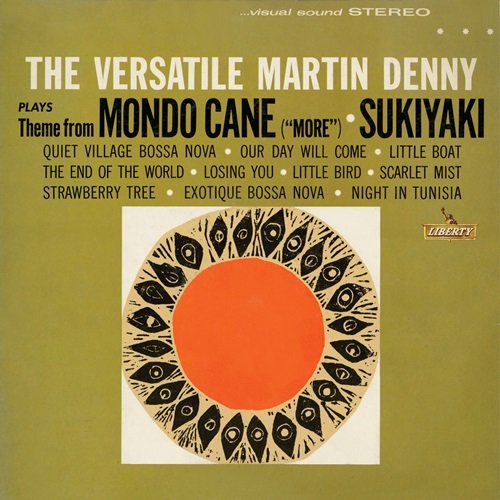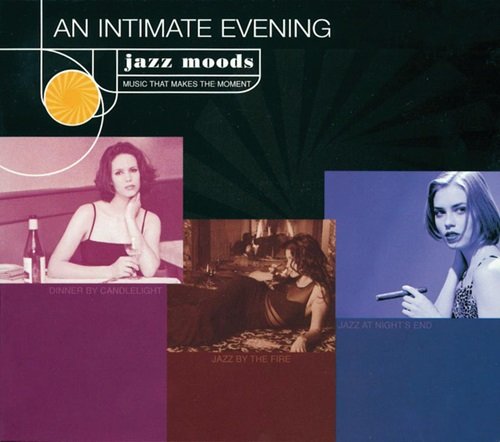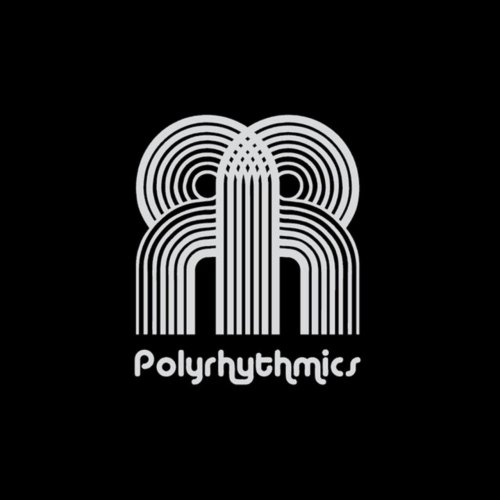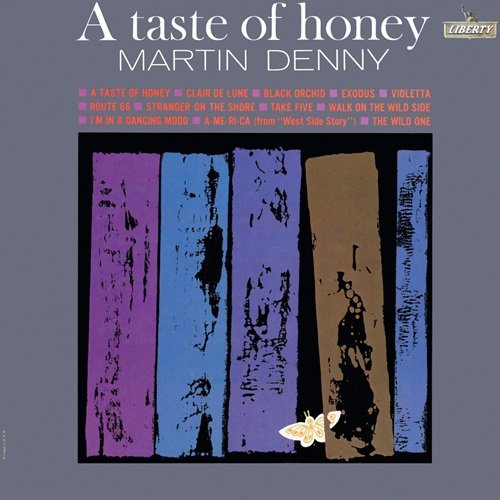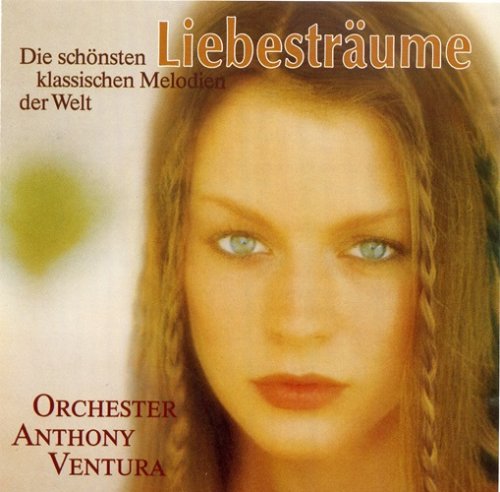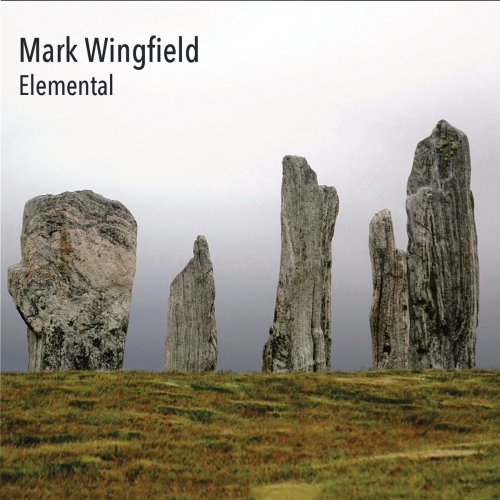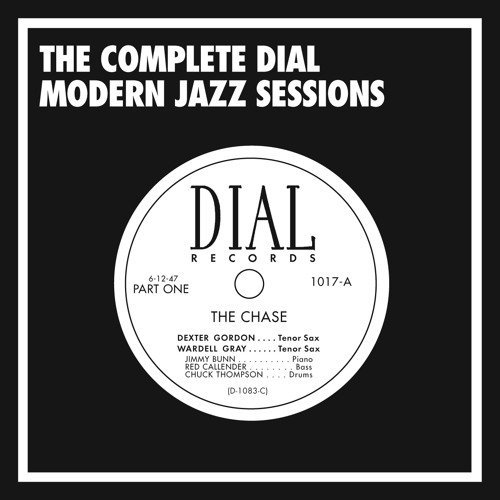Glenn Gould - The Acoustic Orchestrations - Works by Scriabin and Sibelius (2012)
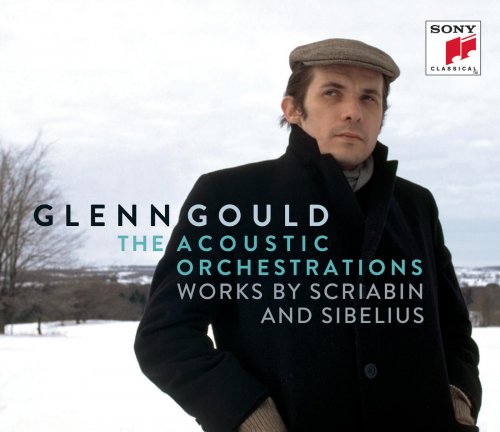
Artist: Glenn Gould
Title: The Acoustic Orchestrations - Works by Scriabin and Sibelius
Year Of Release: 2012
Label: Sony Classical
Genre: Classical
Quality: FLAC (tracks)
Total Time: 55:47
Total Size: 226 Mb
WebSite: Album Preview
Tracklist: Title: The Acoustic Orchestrations - Works by Scriabin and Sibelius
Year Of Release: 2012
Label: Sony Classical
Genre: Classical
Quality: FLAC (tracks)
Total Time: 55:47
Total Size: 226 Mb
WebSite: Album Preview
01. Piano Sonata No. 5 in F-Sharp, Op. 53 - 00:13:06
Deux Morceaux, Op. 57 (Alexander Scriabin)
02. No. 1, Désir - 00:01:58
03. No. 2, Caresse dansée - 00:02:29
Sonatina for Piano in F-Sharp Minor, Op. 67 No. 1 (Jean Sibelius)
04. I. Allegro - 00:04:40
05. II. Largo - 00:04:42
06. III. Allegro Moderato - 00:01:37
Sonatina for Piano in E, Op. 67 No. 2 (Jean Sibelius)
07. I. Allegro - 00:02:53
08. II. Andantino - 00:02:42
09. III. Allegro - 00:01:40
Sonatina for Piano in B-Flat Minor, Op. 67 No. 3 (Jean Sibelius)
10. I. Andante - 00:03:27
11. II. Andante - Allegretto - 00:04:00
3 Lyric Pieces for Piano, Op. 41, "Kyllikki" (Jean Sibelius)
12. I. Largamente - Allegro - 00:03:16
13. II. Andantino - 00:06:13
14. III. Commodo - Tranquillo - 00:03:04
Performers:
Glenn Gould (piano)
Anticipating modern developments in recording technology, Glenn Gould became one of the pioneers in mutichannel exploration, trying out new ways to capture spatial relations in sound through microphone placement and mixing. Glenn Gould: The Acoustic Orchestrations may be a slightly misleading title for this Sony package, despite being Gould's own terminology, because the only "orchestration" involved is the manipulation of piano sonorities, dynamics, and the directions from which the music was recorded; there is no orchestra involved. But listeners might well imagine the possibilities of converting the sounds from Gould's four microphones into a mix, and even do so with the "kit" provided on the CD-ROM that comes with this recording. If one chooses to import the WAVE audio files into a computer, one can "orchestrate" Gould's 1970 recording of Scriabin's Piano Sonata No. 5 to sound in a variety of ways. However, this is a rather limited pastime, considering that only one piece is provided for the exercise. Most listeners will be interested to hear what Gould did with the full program of Scriabin and Sibelius pieces and get a good enough idea of his intentions from the expansive sound and shifting perspectives of the tracks on the CD. However, some of the ideas are a little strange, such as the distant, echoic treatment of the third track, Morceau No. 2, as well as the occasional slipping away of melodic lines in stereo playback. There is also the matter of Gould's atonal humming and grunting that can occasionally be heard, but mixing out those sounds would not be in the spirit of a Gould recording. On the whole, this package is a curiosity that may attract listeners initially with its innovative techniques, but sustain interest largely through Gould's musicality.
DOWNLOAD FROM ISRA.CLOUD
Glenn Gould - The Acoustic Orchestrations - Works by Scriabin and Sibelius (2012).rar - 226.2 MB
Glenn Gould - The Acoustic Orchestrations - Works by Scriabin and Sibelius (2012).rar - 226.2 MB

![Leslie Baron - In Jest (2025) [Hi-Res] Leslie Baron - In Jest (2025) [Hi-Res]](https://img.israbox.com/img/2025-12/18/2sqpj360q2wy5vki1452chspo.jpg)
